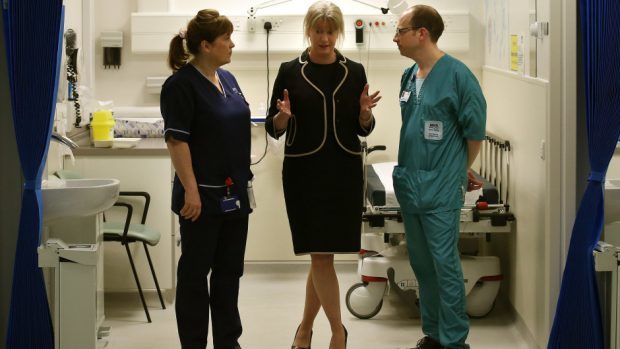Delayed discharge has cost northern health boards more than £1.3million in the last 18 months, fresh analysis has shown.
The label is given to cases where a patient is medically cleared to go home but cannot leave hospital for other reasons, often because a social care package is not in place.
The subjects of delayed discharge are commonly referred to as “bed blockers”.
The bill comes despite Scottish Health Secretary Shona Robison pledging to abolish delayed discharge three years ago, in February 2015.
Since then, more than 1.5 million bed days have been lost to delayed discharge, with an average cost of £233 per day, totalling £360 million.
In NHS Grampian, 2,723 days were lost at a cost of £634,459 between July 2016 and January this year – although the numbers did show a 15% improvement year-on-year.
In Highland, 2,434 days were lost at a cost of £567,122; in Orkney the tally was 43 days at £10,019, in Shetland 60 days at £13,980 and in the Western Isles 399 days at £92,967.
North east MSP Lewis Macdonald, Labour, said a key reason for the problem was £1.5 billion worth of cuts since 2011 to Scottish councils who provide care packages.
“Keeping people in hospital when they’re well enough to go home is not good for those people,” he said. “It’s bad news for the people kept waiting for a bed and it’s public money not well spent.
“The Scottish Government should provide councils with the funding they need to put care packages in place, and they have to try harder to keep their promise to get rid of bed-blocking altogether.”
Health Secretary Shona Robison said dealyed discharge had fallen 9% reduction in 2014/15 and 3% in 2015/16.
She said: “Bed days associated with delay have been under the level of the previous year for 35 of the last 36 months, going back to February 2015.
“We continue to support health and social care partnerships to reduce delays, investing almost half a billion pounds of additional funds into social care and integration this year, while the health revenue budget will also increase by almost £2 billion by 2021.”
